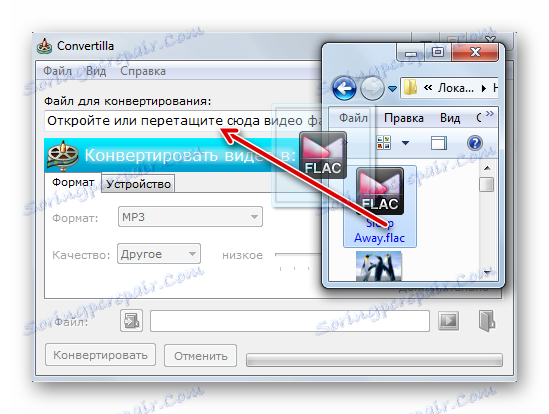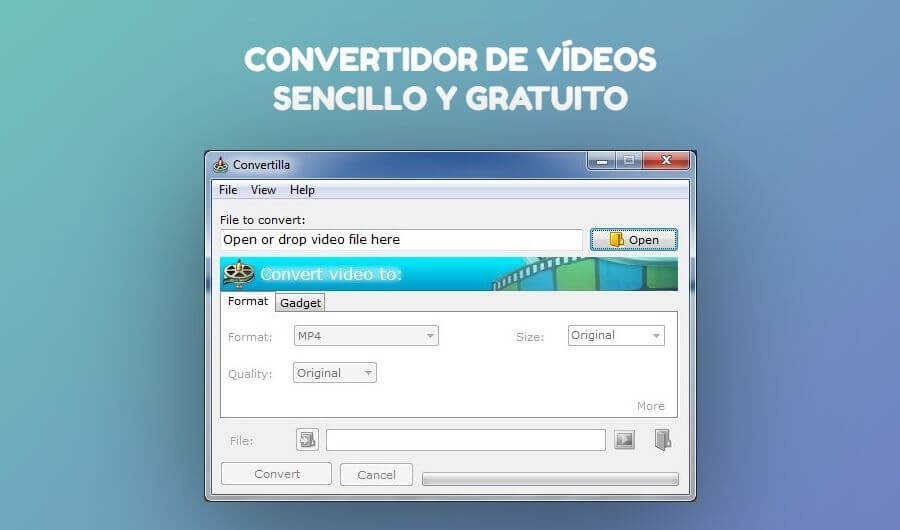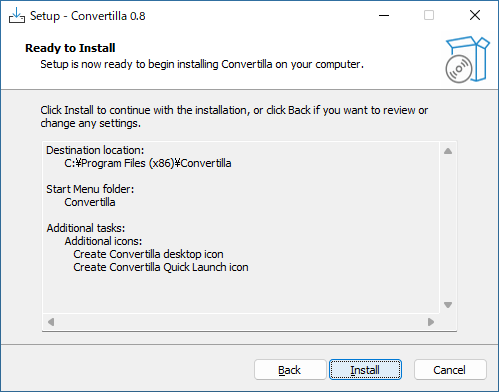
- Convertilla additional tasks how to#
- Convertilla additional tasks iso#
- Convertilla additional tasks free#
Fdisk output will show that the SSD should be smaller in size than your HDD disk and should have no partition table created by default. To match the correct disk source (HDD in this case) and disk destination target (SSD) use the size and the partition table reported by fdisk command. Choose the disk with maximum attention so you won’t end-up cloning the wrong device and destroy all data. # fdisk -l /dev/sdaīe aware that your drives names would be sda for the first disk, sdb for the second and so on.
Convertilla additional tasks iso#
After you’ve reduced the size of C: partition, plug the SSD drive to your machine motherboard and reboot the machine into Clonezilla utility (use Clonezilla ISO image or Parted Magic ISO), enter to Bash shell interface and check both disks partition table and size using the below commands.
Convertilla additional tasks free#
Shrink C Partitionįeel free to use other partitioning tools for this step, such as Gparted run from a live Linux ISO, to reduce C: drive size to minimal.Ģ. To shrink C: partition from Windows, first open a Command Prompt window and execute the diskmgmt.msc to open Windows Disk Management utility which will be used to Shrink the volume (assuming that windows is installed at the beginning of the disk on the second partition, after the System Reserved partition and has C: letter assigned) in order to reduce its size to minimal. System Reserved + Recovery + EFI partition + Windows C: partitions must be smaller or equal than the total size of the SSD reported by a utility such as fdisk.ġ. The calculations for this step are simple: MBR Partition Layout from Disk Management Check MBR Partition Layout GPT Partition Layout from Disk Management Check MBR Partition Layout Step 1: Shrink C: Partition of Windows Systemīe aware that in the case your windows C: partition from the HDD is larger than the total size of your SSD you will need reduce its size to fit on the SSD. On the below screenshots you can review the initial Windows partitioning scheme in case of a MBR layout style and GPT partition layout performed from UEFI. In this case Fdisk command line utility should report the disklabel type as GPT. If disk in partitioned in MBR layout from UEFI, you should clone all partitions, such as Windows RE partition, EFI System partition, Microsoft Reserved partition and Microsoft basic data partition which holds the Windows OS partition, typically the C: drive. Read Also: 8 Open Source Disk Cloning and Backup Solutions for Linux Fdisk command line utility should display the disklabel type as DOS.



This guide assumes that both disks (old HDD and SSD) are physically plugged-in into your machine simultaneously and Windows OS is installed on a disk with MBR partition scheme table.
Convertilla additional tasks how to#
This tutorial represents a practical excerpt on how to migrate (also known as cloning) a Windows 10 Operating System from a large HDD with multiple partitions, such as C:, D:, to a smaller SSD using a Linux distribution which includes Clonezilla utility.Ĭlonezilla utility can run from PartedMagic Linux distribution CD ISO image or directly from Clonezilla Linux distribution CD ISO image.


 0 kommentar(er)
0 kommentar(er)
